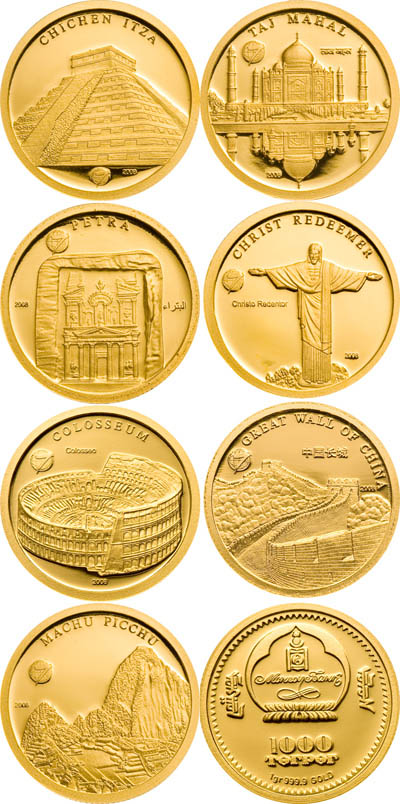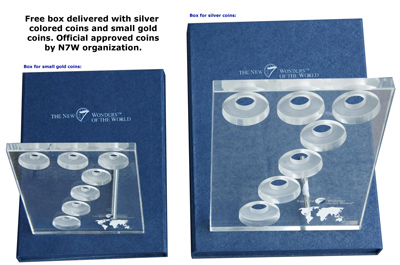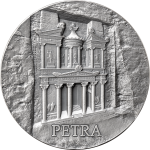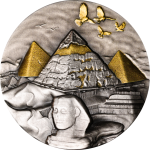Mongolia – 2008 – 7x 1000 Tugrik – New 7 Wonders of the World (PROOF)
Contact for price; but do join the waitlist (click below) to be informed!
Official approved by N7W organisation! (need single coin? ask)
Description
..999 gold, 1 gr, 13 mm, 25000 pieces.
OFFICIAL APPROVED BY N7W. FREE BOX
The origin of the historical idea of the ?Seven Wonders of the World? dates back to Herodotus (484?425 BC) who
made a list which included the Great Pyramid of Giza, the Hanging Gardens of Babylon, the Statue of Zeus at Olympia,
the Temple of Artemis at Ephesus, the Mausoleum of Maussollos at Halicarnassus, the Colossus of Rhodes and the
Lighthouse of Alexandria. Only the Great Pyramid of Giza is still standing. The other six were destroyed by an
earthquake, fire or other reasons.
In 2001, the ?New 7 Wonders Foundation? carried out a voting for new wonders. ?Everybody can decide and vote for
what the New Seven Wonders should be and not only some governments or institutions , so the initiator Bernhard
Weber. On 07.07.2007, out of 200 candidates selected by over 100 million, the results were announced at a ceremony in
Lisbon, Portugal as the ?New Seven Wonders of the World?
GREAT WALL OF CHINA – in northern China.
It was created in the 5th century BC to protect the northern borders of the Chinese Empire. The Wall is the world’s
longest human-made structure, stretching over 6,400 km (4,000 miles).
COLOSSEUM – in Rome, Italy.
It is a giant amphitheatre located in the centre of the city, and was capable of seating around 50,000 spectators. It was
constructed between 70 AD and 80 AD, and used for nearly 500 years for a variety of events.
CHRIST THE REDEEMER – in Rio de Janeiro, Brazil.
The giant statue of Jesus Christ is 38 m (105 ft) tall and weighs 700 tonnes. The statue is located at the peak of the 700
m (2296 ft) Corcovado Mountain, overlooking the city of Rio.
PETRA – in Jordan.
Famous for having many giant stone structures carved into the sandstone rock. The site was revealed to the Western
world by the Swiss explorer Johann Ludwig Burckhardt in 1812, but remained accessible only to Europeans until after
World War I.
TAJ MAHAL – in Agra, India.
It is a white marble mausoleum, generally considered the finest example of Mughal architecture. Mughal Emperor Shah
Jahan commissioned it for his favourite wife, Mumtaz Mahal, and it was constructed between 1632 and 1648.
MACHU PICCHU – above the Urubamba Valley, Peru.
It is a city created by the Inca Empire, located on a mountain ridge and was forgotten by the outside world for centuries,
Machu Picchu was brought to international attention by the archaeologist Hiram Bingham in 1911.
CHICHEN ITZA – on the Yucatán Peninsula, Mexico.
It is a large archaeological site originally built by the Maya civilization. Chichen Itza was a major regional centre in the
northern Maya lowlands. Archaeological data suggest that Chichen Itza’s collapse was violent.




